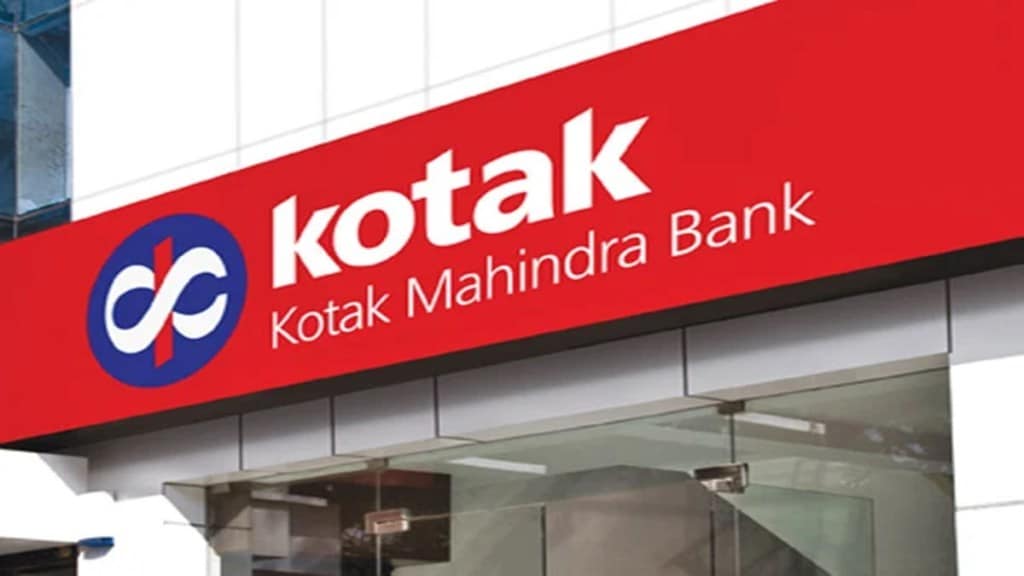Kotak Mahindra Bank reported a standalone net profit of Rs 3,282 crore for the quarter ended June, marking a year-on-year fall of 48%. However, the net profit numbers include the one-time gain from its divestment of 70% stake in Kotak Mahindra General Insurance in Q1 FY25. Excluding the one-time gains, the net profit was down 7% y-o-y.
Rising slippages and retail CV stress
The decline in the net profit was due to higher provisions and a fall in asset quality. Provisions for the bank rose 109% to Rs 1,208 crore in the reporting quarter due to higher slippages. Sequentially, provisions rose 33%. The provision coverage ratio of the bank stood at 77% as on June 30.
The gross non-performing asset ratio also worsened further to 1.48% as on June 30, as compared to 1.42% a quarter ago. Net NPA ratio stood at 0.34% as on June 30, higher from 0.31% a quarter ago. The bank’s management said they are seeing signs of stress in the retail commercial vehicle portfolio.
Fresh slippages rose to Rs 1,812 crore in the reporting quarter from Rs 1,488 crore a quarter ago.
The bank saw lower recoveries and upgrades at Rs 549 crore from Rs 747 crore a quarter ago. Annualised credit cost inched up to 0.93% from 0.64% a quarter ago.
Margins ease, but balance sheet and consumer lending grow
The net interest income of the bank grew by 6% on year to Rs 7,259 crore in April-June. Other income grew by 5% on year to Rs 3,080 crore in the reporting quarter. Net interest margins moderated to 4.65% from 4.97% a quarter ago largely due to RBI cutting the repo rates.
The growth in the bank’s balance sheet was robust, with deposits rising 15% on year and advances rising 13% as on June 30. The current account, savings account deposit ratio stood at 40.9% as on June 30.
Within advances, the consumer banking space grew 16% on year and the commercial banking segment saw a growth of 5%. There was a de-growth seen in the retail microcredit on a year-on year basis. On a sequential basis, personal loans, consumer durables, SME saw some deceleration.
Despite RBI lifting the embargo on issuing new credit cards, the book saw a year-on-year fall. On this, Ashok Vaswani, MD & CEO of the bank, said, “In all of last year we could not issue any credit cards, due to which the outstanding came down. It takes some time to get the engines going.”
He added that there were a lot of cards that were inactive or dormant which the bank had to close and that too reflected in the card numbers.
The bank’s management said they have started cautiously disbursing loans in the microfinance segment and hope to see some pick up in 2HFY25. “We feel the credit costs have kind of peaked and we have selectively started going back. The new disbursements that we are doing is in or about the same level of run-off (24-30 month). So the book will stabilise and start climbing again once the disbursements pick up. Now, that should happen by 2HFY26,” Vaswani said.
The share of unsecured retail advances, including retail microcredit, fell to 9.7% as on June 30, from 10.5% as on March 31. The cost of funds moderated to 5.01% from 5.10% a year ago. The credit-deposit ratio of the bank stood 86.7% as on June 30 as compared to 87.2% a year ago.
The capital adequacy ratio of the bank stood at 23% with common equity tier-I at 21.8%.


